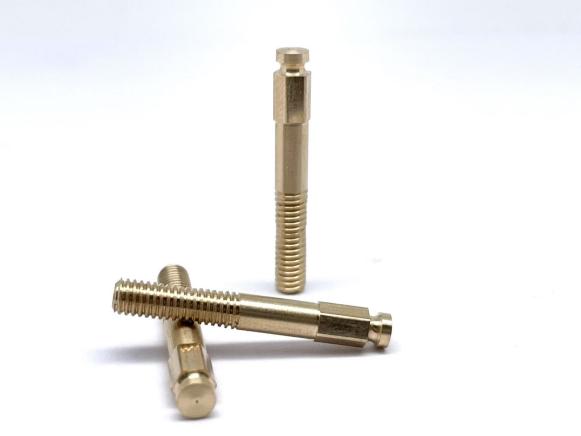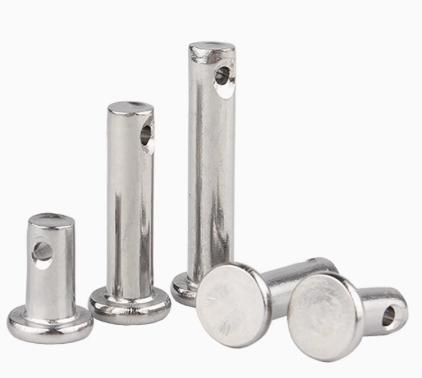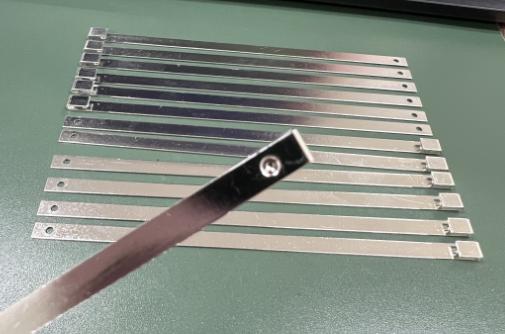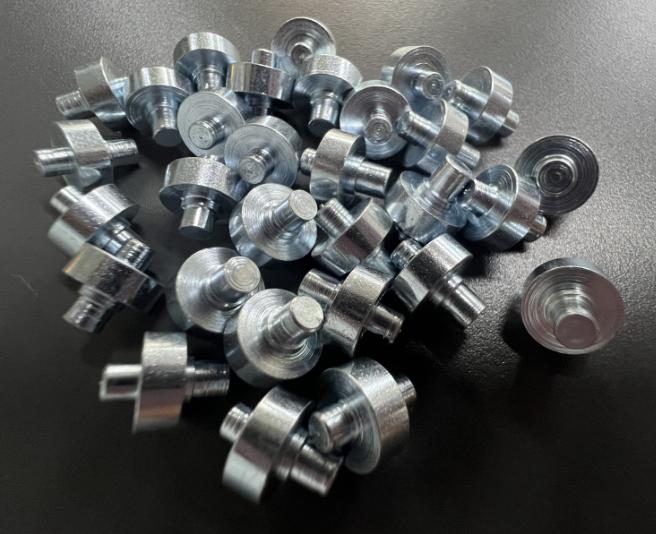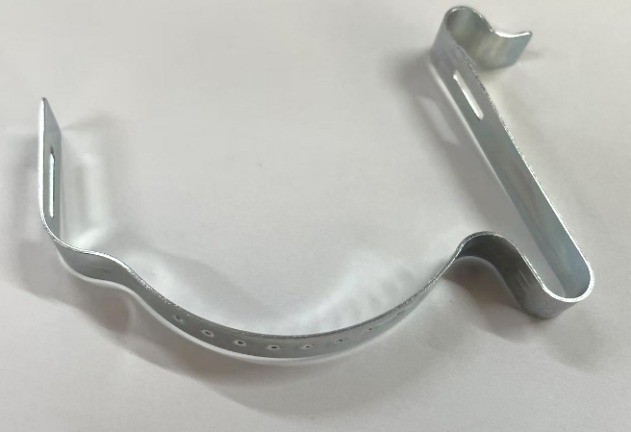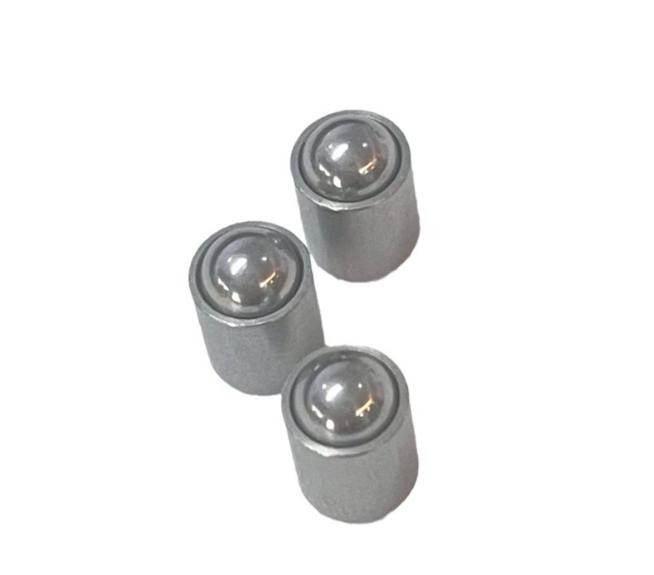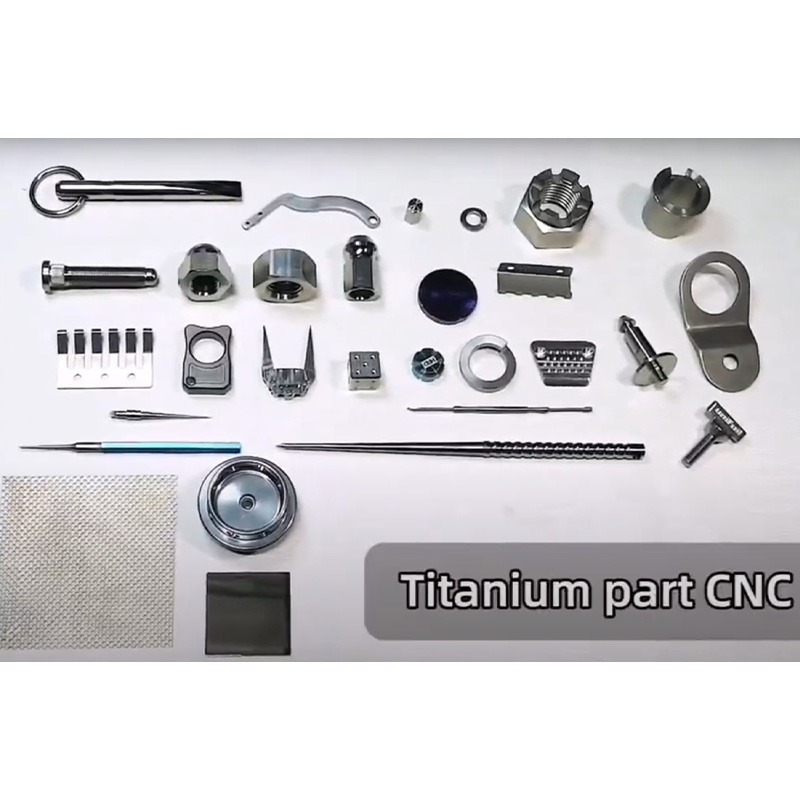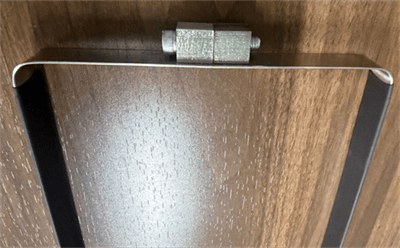How to Do Well in Injection Molding Design: Key Considerations and Best Practices
Injection molding is one of the most common and efficient manufacturing methods in industries ranging from automotive to consumer goods. It is critical to design components and products expressly for injection molding in order to realize its full potential. In this article, we discuss the topic of how to design for injection molding, exploring the essential considerations and best practices for injection molding design in mind, ensuring successful outcomes and optimal manufacturing efficiency.

Why Injection Molding Design is Important?
Injection molding is the process of injecting molten material, usually plastic, into a mold cavity to form it into the desired shape. Because of its speed, repeatability, and scalability, the technique is essential for mass production. However, good injection molding design must consider issues such as part quality, manufacturability, and cost-effectiveness in addition to aesthetics.
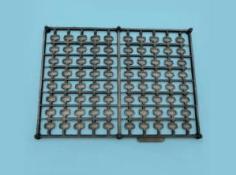
What are the Key Considerations for Injection Molding Design?
Material Selection
Choosing the right material for your injection-molded parts is critical. Strength, flexibility, temperature resistance, and cost are all characteristics of different materials. Work with material experts to find the optimal material for your application.
Wall Thickness
Maintain consistent wall thickness to ensure even cooling and material flow. Variable wall thickness can cause flaws like as warping, sink marks, and uneven cooling.
Draft Angles
Include draft angles to aid in the removal of the part from the mold. Vertical walls with a little taper (typically 1-2 degrees) minimize sticking and facilitate part ejection.
Undercuts and Features
Minimize undercuts and intricate features, which can complicate mold design and raise production costs. If undercuts are required, plan on incorporating additional mold features to accommodate them.
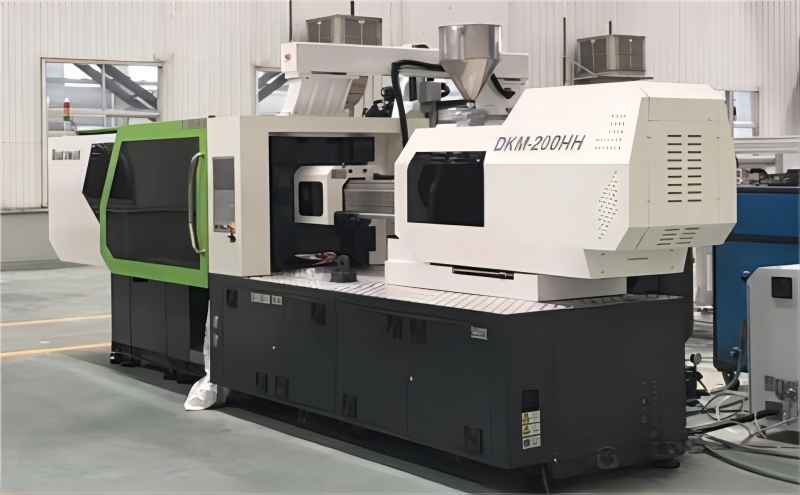
Gate Placement
The location of the gate, via which molten material enters the mold, has an effect on part quality and appearance. Choose gate positions that reduce visual marks while ensuring regular material delivery.
Ribs and Fillets
Integrate ribs for structural support in thin-walled sections, keeping height-to-thickness ratios in mind. Incorporate fillets and radii to reduce stress concentrations and improve part strength.
Tolerances and Shrinkage
Design with adequate tolerances to account for material shrinkage during cooling. Because different materials shrink at different rates, work closely with material specialists to set accurate tolerances.
Assembly and Modular Design
Design parts that are simple to assemble and disassemble. Modular design streamlines production minimizes complexity, and allows for the efficient replacement of individual components.
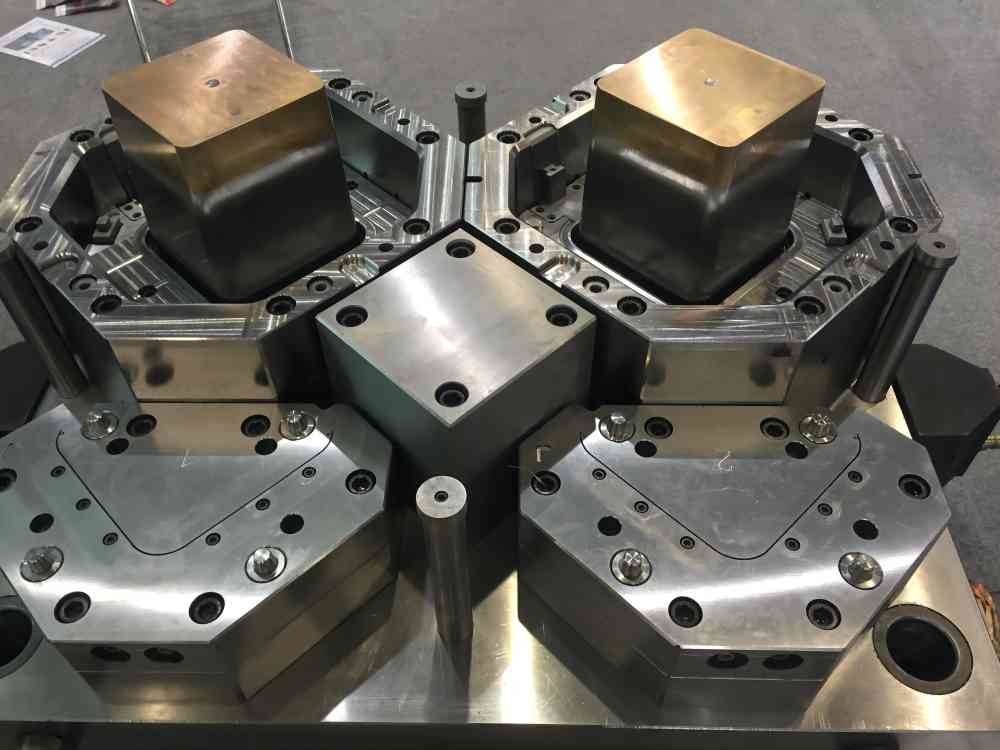
Texture and Finish
Take into account the required texture and finish of the finished products. Mold surface textures and finishes can have an impact on the part’s appearance and feel.
Parting Line Placement
The splitting line, where the mold divides into two pieces, may be evident in the final product. Place it strategically to reduce its impact on the aesthetics of the part.
Venting and Cooling
Make sure that proper venting is in place to allow air to escape during material injection. Cooling tunnels within the mold that are effective improve cycle times.
Uniform Wall Thickness
To prevent defects during injection molding and guarantee equal cooling, aim for consistent wall thickness throughout the item. Thickness variations can cause structural vulnerabilities.
Symmetry
When possible, design pieces with symmetry to maintain balanced filling and cooling, lowering the chance of faults.
Ejection and Surface Finish
To avoid part damage during demolding, plan for adequate ejection mechanisms. Choose acceptable surface treatments based on the function and appearance of the part.
You can create injection-molded parts that are not only visually beautiful but also structurally robust, cost-effective, and optimized for efficient production processes by taking five essential design elements into account.
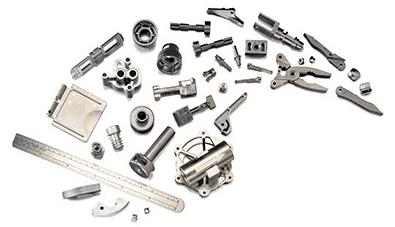
What are the Best Practices for Injection Molding Design?
Early Collaboration
Engage injection molding experts and design engineers early in the product development process. Collaboration improves part design for manufacturability, reducing modifications and shortening the development period.
Prototyping and Testing
Using 3D printing or low-volume injection molding to create prototypes allows you to detect design defects and performance issues before committing to high-volume production. This iterative method increases the quality and manufacturability of the final design.
Simulation and Analysis
Predict and analyze material flow, cooling patterns, and probable faults using simulation software. Virtual simulations help to optimize gate placement, reduce warpage, and improve overall part quality.
Modular Design
Design parts that can be constructed from a variety of modular components. Modular design streamlines production allows for faster design iterations, and allows for part replacement if necessary.
Sustainability and Waste Reduction
By avoiding material waste and maximizing part nesting within the mold, you can design with sustainability in mind. Sustainable design minimizes not just environmental effects but also production costs.
You can ensure that your injection molding design is optimized for efficiency, quality, and cost-effectiveness throughout the production process by following these best practices.
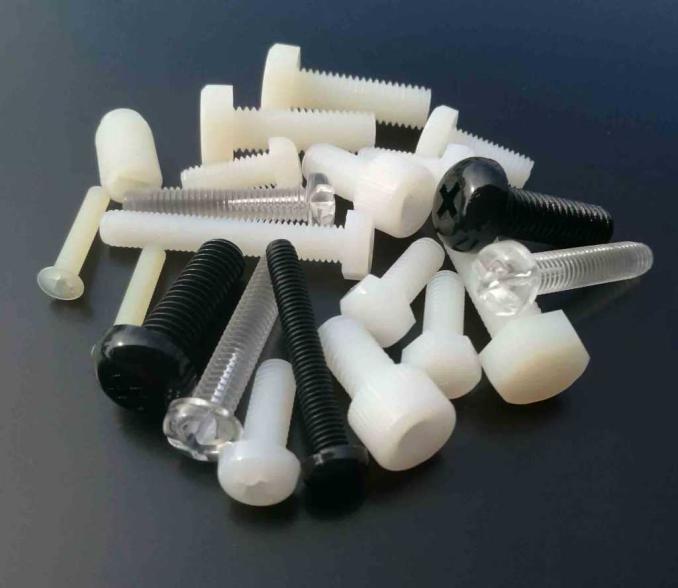
Conclusion
Designing for injection molding requires a unique combination of creativity, engineering expertise, and a thorough understanding of the manufacturing process. A well-executed design improves the quality of final injection molding products while also streamlining production and lowering costs. Designers may pave the path for successful injection molding projects that generate high-quality, cost-effective products across a variety of sectors by addressing parameters such as draft angles, wall thickness, gate placement, and material selection.

